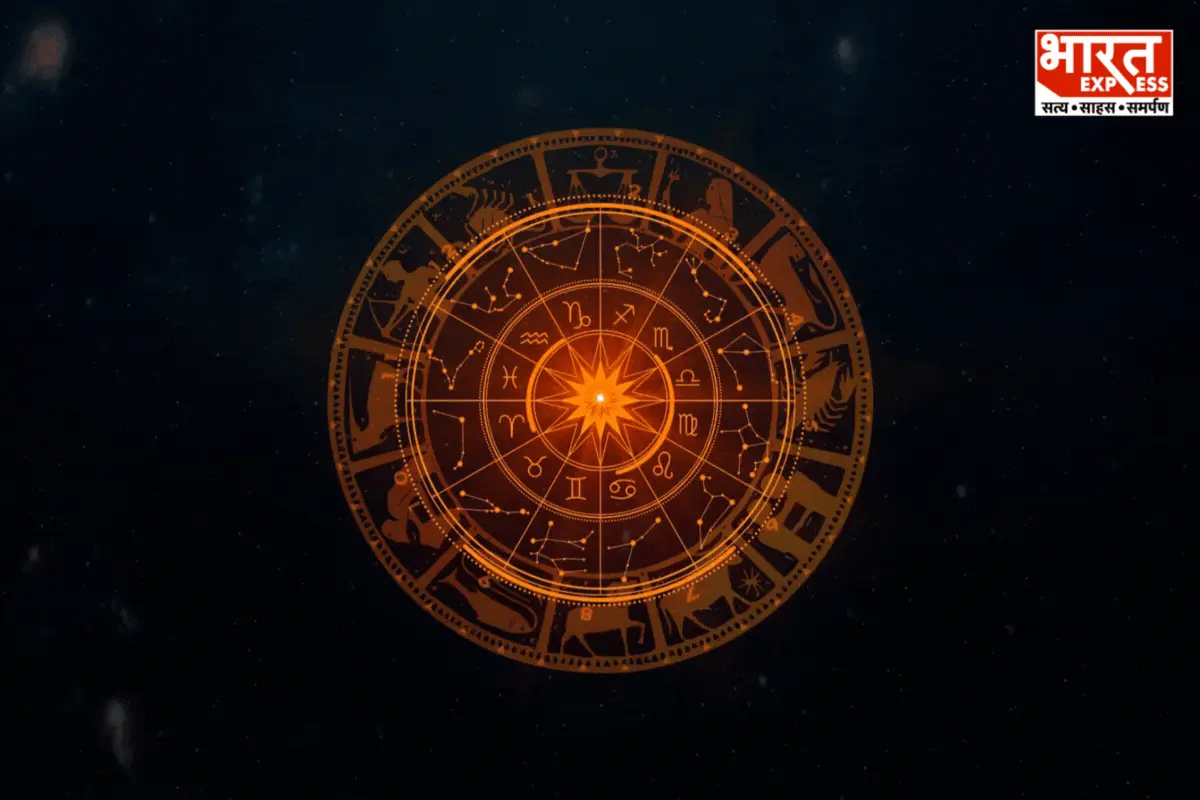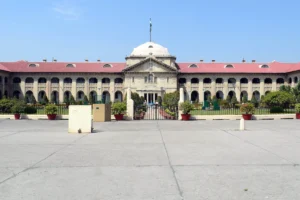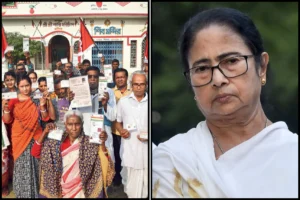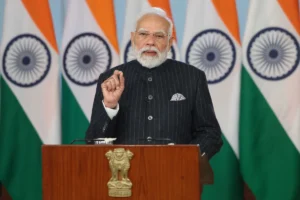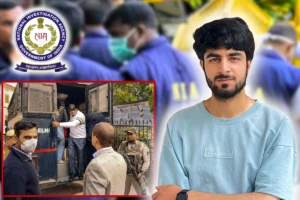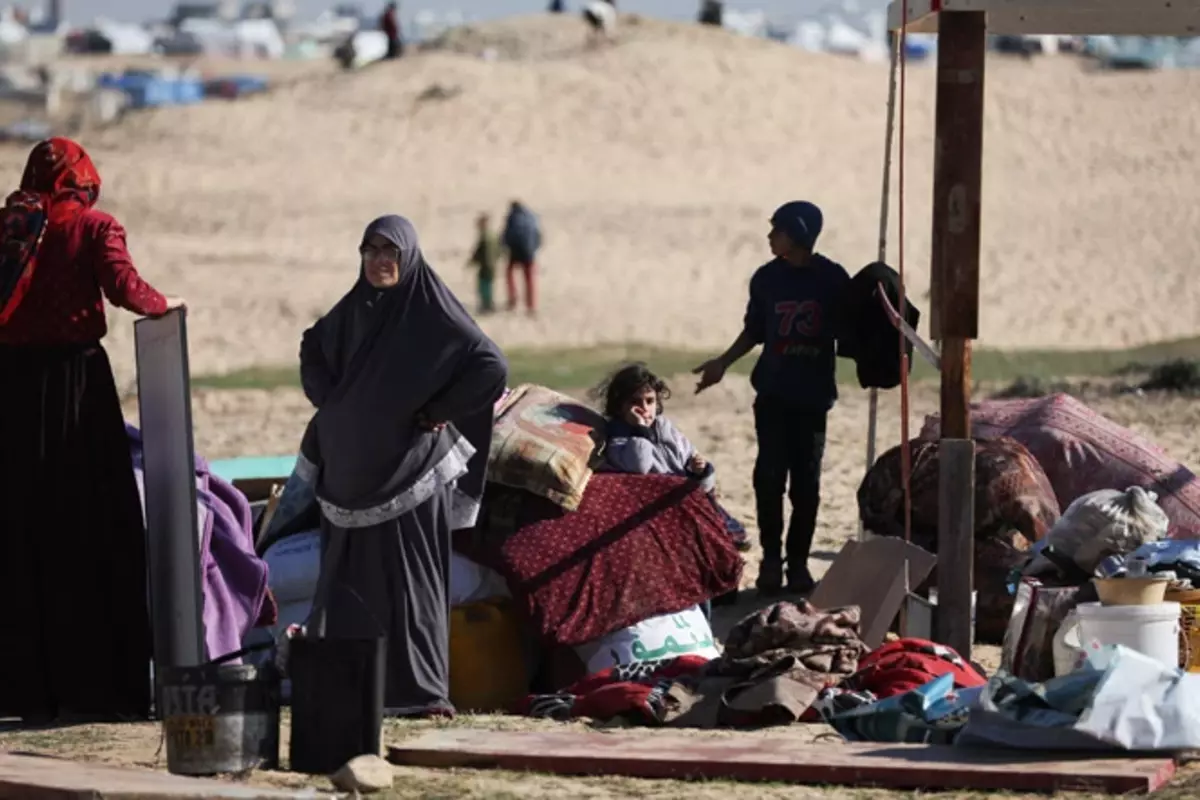
Medics, patients and displaced people are fleeing from the main hospital in central Gaza as the fighting between Israeli forces and Palestinian militants draws closer, witnesses said on Monday. Losing the facility would be another major blow to a health system shattered by three months of war.
Doctors Without Borders and other aid groups withdrew from Al-Aqsa Martyrs Hospital in Deir al-Balah in recent days, saying it is too dangerous. That spread panic among people sheltering there, causing many to join the hundreds of thousands who have fled to the south of the besieged territory.
Israel says it has largely wrapped up major operations in northern Gaza and is now focusing on the central region and the southern city of Khan Younis. Israeli officials have said the fighting will continue for many more months as the army seeks to dismantle Hamas and return scores of hostages taken during the militant group’s October 7 attack that triggered the war.
The offensive has already killed over 22,000 Palestinians, devastated vast swaths of the Gaza Strip, displaced nearly 85 per cent of its population of 2.3 million and left a quarter of its residents facing starvation.
It has also threatened to ignite a wider war with Lebanon’s Hezbollah and other Iran-backed militant groups allied with Hamas.
US Secretary of State Antony Blinken is back in the region this week. The US, which has provided crucial military and diplomatic support for the offensive, has called on Israel to take greater measures to spare civilians but has also joined it in rejecting international calls for a cease-fire.
‘SICKENING SCENES’ IN GAZA’S OVERWHELMED HOSPITALS
Tens of thousands of people have sought shelter in Gaza’s hospitals, which are also struggling to treat dozens of people wounded each day in Israeli strikes. Only 13 of Gaza’s 36 hospitals are even partially functioning, according to the UN humanitarian office.
Omar al-Darawi, an employee at Al-Aqsa Martyrs Hospital, said the facility has been struck multiple times in recent days. He said thousands of people left after the aid groups pulled out, and that patients have been concentrated on one floor so the remaining doctors can tend to them more easily.
“We have large numbers of wounded who can’t move” he said. “They need special care, which is unavailable.”
More dead and wounded arrive each day as Israeli forces advance in central Gaza following heavy airstrikes. The Health Ministry said early Monday that 73 bodies and 99 wounded were brought to the hospital in just the last 24 hours.
World Health Organisation staff who visited on Sunday saw “sickening scenes of people of all ages being treated on blood-streaked floors and in chaotic corridors”, Tedros Adhanom Ghebreyesus, the head of the UN agency, said in a statement. “The bloodbath in Gaza must end.”
DIRE CONDITIONS IN THE ISOLATED NORTH
The situation is even more dire in northern Gaza, which Israeli forces cut off from the rest of the territory in late October.
Entire neighbourhoods have been demolished, and hundreds of thousands of people have fled, while those who remain face severe shortages of food and water. The WHO said late Sunday it has not been able to deliver supplies to northern Gaza in 12 days.
Even there, Israel is still battling what it describes as pockets of militants.
An airstrike early Sunday flattened a four-story home filled with displaced people in the urban Jabaliya refugee camp, killing at least 70, including women and children, according to Mahmoud Bassal, a spokesman for Gaza’s civil defence.
There was no immediate confirmation from the Health Ministry, which has struggled to maintain its operations in the north.
Search efforts were still underway on Monday. The civil defence circulated a graphic video showing the aftermath of attack, with several bodies scattered among the rubble.
Jabaliya, which was built for Palestinian refugees from the 1948 war surrounding Israel’s creation and is now a dense, built-up neighbourhood, has seen weeks of heavy fighting.
More than 22,800 Palestinians have been killed, and more than 58,000 wounded, since the war began, according to the Health Ministry in Hamas-run Gaza. The death toll does not distinguish between combatants and civilians. Health officials say about two-thirds of those killed have been women and minors.
Israel blames Hamas for civilian casualties because the group operates in heavily populated residential areas, but the military rarely comments on individual strikes. The military says it has killed some 8,000 militants, without providing evidence, and that 176 of its own soldiers have been killed in the offensive.
SEEKING TO HEAD OFF A WIDER WAR
Blinken, who met with the leaders of Jordan and Qatar on Sunday, once again spoke of the need for Israel to adjust its military operations to minimise harm to civilians and allow more aid into the territory. But his main focus appeared to be preventing the war from spreading.
The killing of a senior Hamas leader in a strike in Beirut last week ratcheted up tensions along the Israeli-Lebanese border, where Israel and Hezbollah, a Hamas ally, have been regularly trading fire since the start of the war.
A Hezbollah rocket barrage hit a sensitive air traffic base in northern Israel on Saturday in one of the biggest attacks in three months of low-intensity fighting along the border. The militant group said was an “initial response” to the killing of Hamas’ deputy political leader Saleh Arouri.
Israel has mostly sought to limit the fighting in its north, but its leaders say their patience is wearing thin, and that if the tensions cannot be resolved through diplomacy, they are prepared to go to war.
Hezbollah began firing rockets shortly after Hamas’ October 7 attack ignited the war. Hamas and other militants killed about 1,200 people in southern Israel that day, mostly civilians, and took some 250 people hostage, over 100 of whom were released during a cease-fire in November.
Hezbollah has said its attacks, which have driven tens of thousands of Israelis from their homes, aim to ease pressure on Gaza. However the group appears wary of risking an all-out war that would bring massive destruction to Lebanon.
(Source: PTI)
To read more such news, download Bharat Express news apps








